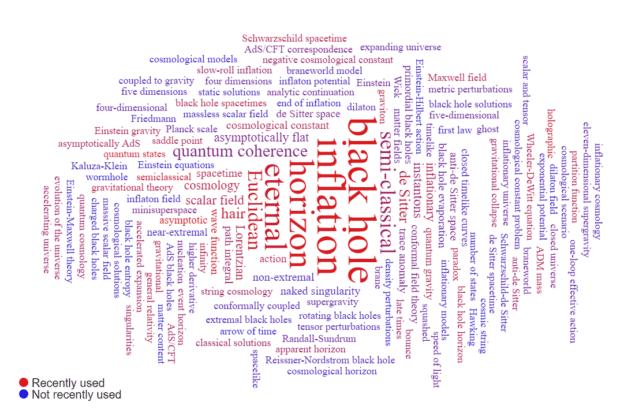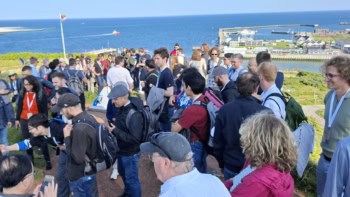
It has been an exceptionally warm summer here in the UK and that seems to have put a strain on ice-cream supplies. According to researchers at the Diamond Light Source in Oxfordshire, “ice cream is a soft solid, and its appeal is a complex combination of ‘mouthfeel’, taste and appearance, which are all strongly affected by the underlying microstructure”. This microstructure is affected by temperature, and to gain a better understanding of this Peter Lee and colleagues cycled ice-cream samples between -15°C and -5°C for a number of days – the sort of “abuse” that could befall ice cream as it makes its way from producer to consumer during a heatwave. The microstructure of the ice cream was then studied using 3D X-ray tomography. Lee and colleagues found that the ice cream changed in two ways: melting and freezing caused an increase in the size of ice crystals in the material whereas the movement and coalescence of air bubbles created larger bubbles. They also discovered that these two phenomena were linked, with melting and freezing affecting the nature of air bubbles.
The arXiv preprint server has been a runaway success since it launched in 1991. There was a time when I would trawl through daily postings for exciting new physics. However, I gave up several years ago because there are now hundreds of papers uploaded every day. Now, Sabine Hossenfelder, Tom Price and Tobias Mistele have created SciMeter.org that aims to make sense of all those papers and who is publishing them. If you would like to know what a certain physicist (or research group) is up to, SciMeter.org will create a word cloud. Shown above is Hossenfelder’s word cloud – any guesses regarding her research interests?
These are crazy times when scientists feel the need to prove that the Earth is round. Environmental scientist and vlogger Kurtis Baute has taken to a long, straight road on the flat Canadian prairies to do just that. With the help of his bicycle and two sticks, he manages to measure the circumference of the Earth – as he explains in the above video.



